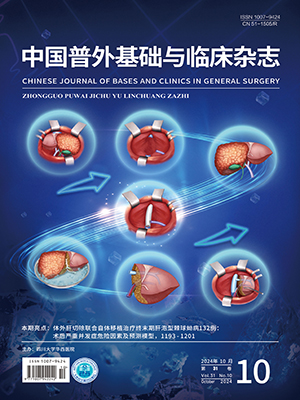Anatomical venous distribution around the lower esophagus, gastric cardia and fundus in 100 adult cadavers had been observed. The results showed that the occurrence rate of the left gastric and the right gastric veins were 96% and 92% respectively. Venous distribution in the lesser curvature of the stomach can be classified into five types: the left gastric vein type, the right gastric vein type,the left gastric vein dominant type, the right gastric vein dominant type, and the balance type (of the left and the right gastric veins). The retrogastric veins were found in 73.6% of 100 cadavers showed portacaval anastomoses. From March 1976 to March 1992, we had treated with transthoracic interruption of portoazygous circulation, 52 cases of portal hypertension resulting in bleeding du to rupture of esophageal and venriculi fundus varices ( male 43, female 9). Among the 41 emergency operations, 2 cases died (4.9%), and bleedings were controlled by emergency surgery in 92.6% of cases. 44 of the 50 cases (88%) were followed up. The recurrence of bleeding occured in 5 cases, with a long-term bleeding rate of 11.4%. The authors suggest that anatomical factors might be the reason of inadequacy of portaoazygous interruption, and claim the advantages of transthoracic interruption of portoazygous circulation.
Citation: Dai Yuanbin,Shi De,Jiang Junben,et al.. THE SURGICAL AND ANATOMIC BASES OF TRANSTHORACIC INTERRUPTION OF PORTOAZYGOS CIRCULATION (A REPORT OF 52 CASES). CHINESE JOURNAL OF BASES AND CLINICS IN GENERAL SURGERY, 1995, 2(4): 209-212. doi: Copy




